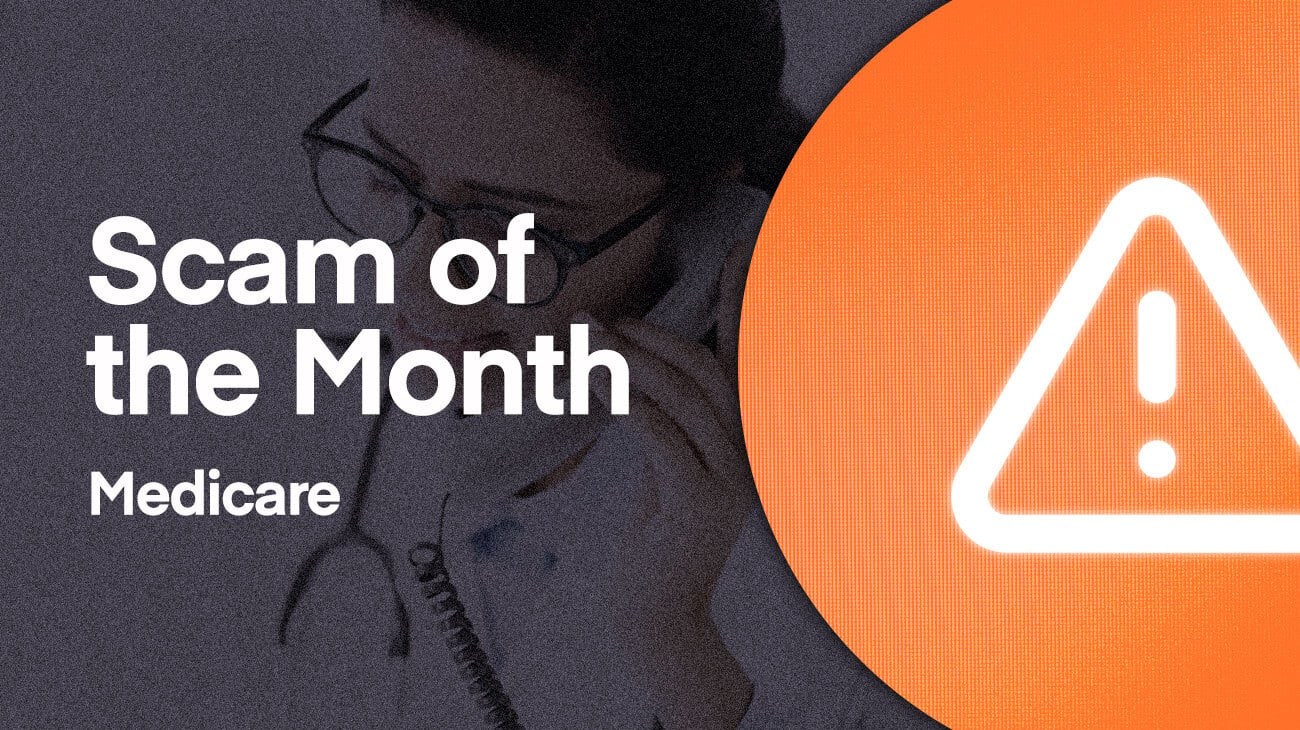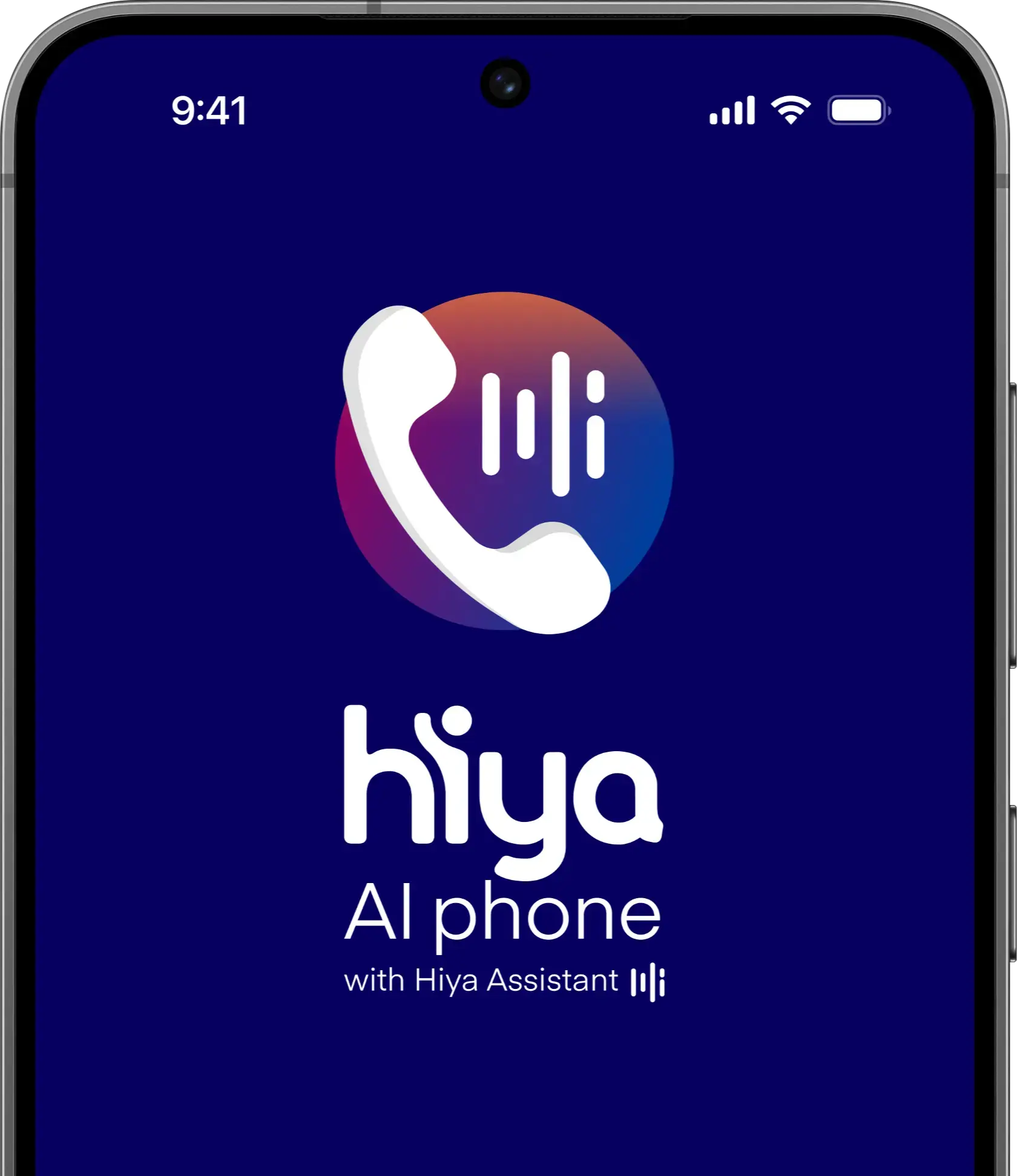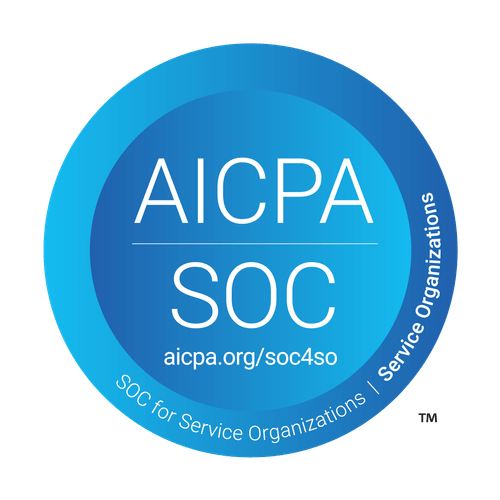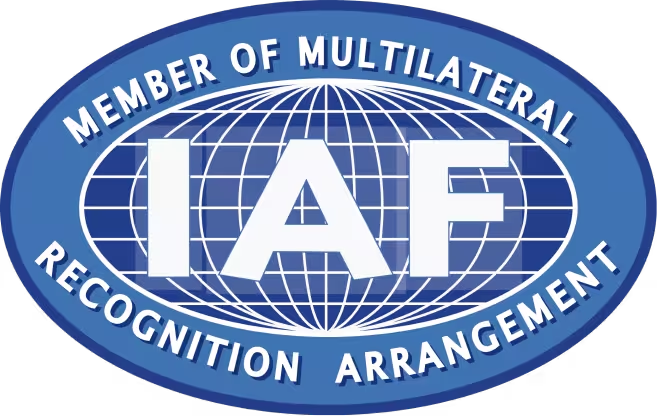
The Medicare scam is an all too popular ruse that plagues the voice channel; this harmful deceit was crafted specifically to hurt the elderly citizens that utilize the system’s benefits. These bad actors do their best to ascertain your personal information by impersonating government agents and offering additional benefits. The fraudulent calls often lead to identity theft, financial loss, and emotional distress among vulnerable individuals.
Medicare is a government health insurance program meant to take care of the needs of more than 52 million people aged 65 and older. Originally started in 1965 under the Social Security Administration, this program offers a variety of benefits and coverage to patients. Medicare is broken up into four “Parts”:
- Part A - covers inpatient care and hospice services
- Part B - covers outpatient services, hospital charges, office visits, and prescription drugs
- Part C - is an alternative service that allows patients to use annual out-of-pocket expenses to choose a health plan with equivalent coverage to Part A and Part B
- Part D - typically covers a broader spectrum of prescription drugs
Scammers will offer different benefits and rewards based on each “Part” of your Medicare service. These bad actors will target Part C as private companies approved by Medicare offer it. The lack of federal oversight makes Medicare Part C scams easier to pull off and a lot more confusing to its potential victims. Since Part C is private, the numbers they call could potentially be unlabeled.
The complexity of Medicare and its various parts can make it challenging for seniors to discern legitimate calls from fraudulent ones. Stay informed and empowered to safeguard your financial well-being and peace of mind.
Medicare scam popularity
User reports from customers using Hiya Protect showed a height of 7.73M potential medicare scam callers spanning from November 2022 to January 2023. The largest spike was seen in mid-November of last year. Over 27,000 distinct medicare scam calls were made and captured at its peak.
These staggering numbers highlight the alarming prevalence of this deceptive scheme, indicating the urgency for vigilance and awareness among the public. By understanding the scale of the issue, you can better appreciate the significance of taking proactive measures to safeguard yourself and your loved ones from falling victim to Medicare scams.
Pickup rate and call duration
Out of the potential medicare scam calls, the pickup rate reached heights of over 20% - oddly enough, this peak was seen in January of 2023 (after the open enrolment period). The spike could be due to perceived follow-up calls since most healthcare providers begin their services on the first of the new year. Scammers exploit this timing to capitalize on individuals’ expectations of legitimate calls, leading to a higher rate of call acceptance during this period.
When these scammers are able to make a connection, they have the potential to keep their victims on the line for a long time. The average call duration for answered calls reached over 267 seconds (nearly 5 minutes). The longer scammers can keep you on the phone, the higher the risk of them getting your valuable information. During this extended engagement, they employ manipulative tactics, such as creating a sense of urgency, using persuasive language, and pretending to be legitimate healthcare representatives.
Trends
According to an FTC consumer alert this upward trend in Medicare scam calls is due to the open enrollment period that recently passed (the last date to enroll was December 7th). Scammers will abuse the vulnerable state that comes with changing (or retaining) healthcare providers; as you shop around bad actors will do their best to steal your information by impersonating a government official
This deceptive behavior not only puts patients at risk but also makes actual healthcare providers’ jobs a lot harder; patients may miss out on valuable and legitimate information if they are unable to trust an incoming call. This is why a branded caller ID solution, like Hiya Connect, is integral to a secure voice channel. By branding calls with a logo, name, and call reason your enterprise can rest assured that they will get their calls answered.
How to fight back against Medicare scam calls
While scam techniques can prove to be highly effective, Hiya offers a variety of solutions to fight back. Individuals can check with their phone carrier to see if they offer spam/scam-blocking capabilities. If they do and spam and fraud calls are still getting through, download the Hiya App to take more control of your spam and fraud call protection.
Carriers can protect their customers from phone scams by adding Hiya Protect, which blocks or labels spam and scam calls with high accuracy without blocking essential calls. Not only does it block or label known spam numbers, but Hiya Protect identifies spammers' patterns and blocks spam campaigns in their earliest stages.
Enterprises can also help their customers feel safe when answering the phone by adding Hiya Connect, which enables businesses to display their company name, logo, and reason for the call on the recipient’s mobile phone. Branded caller ID identifies who is calling so customers can trust who is on the other end when they answer.
According to Hiya’s State of the Call 2023, 87% of consumers think unidentified calls are fraud. Get through to more of your customers with call identity.
When evaluating branded caller ID solutions, there are a few questions you should ask. Get the full list and make the best decision for your organization by checking out our Branded Call Checklist and Buyer's Guide.








